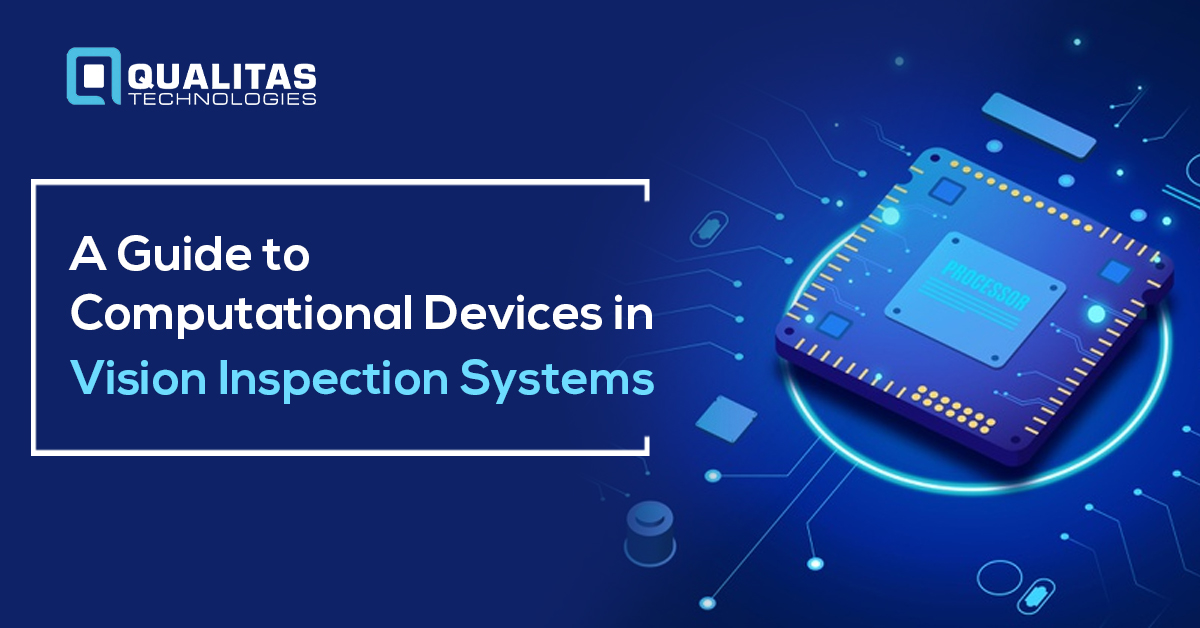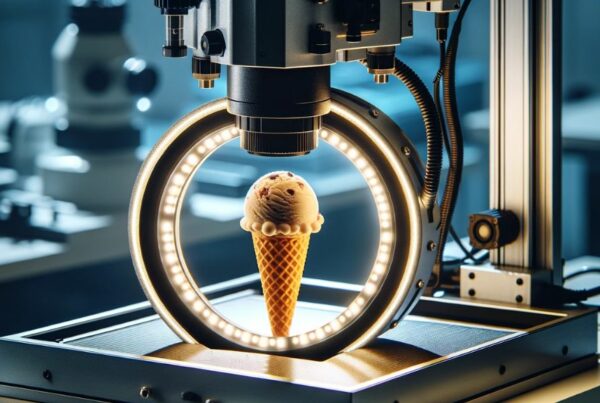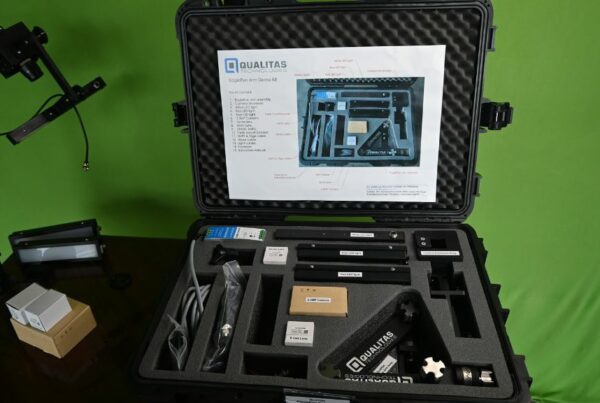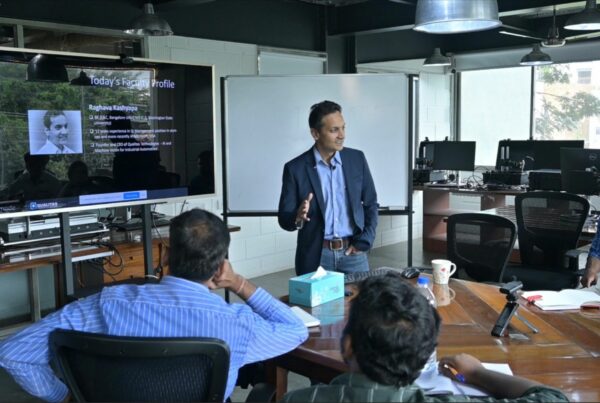
Machine vision systems have various components. These include hardware like camera, lens and lighting, and processing software. These components are needed to ensure that the machine vision solution chosen satisfies the business requirements and has the right blend of performance and reliability. Hardware is a critical element that can make a big difference to the machine vision system’s performance and stability.
Also, Read– Different Types of Vision Systems
Types of Hardware Architecture
Hardware is the most visible component of a machine vision system. The type of inspection and speed of inspection plays an important role in determining the hardware. There are two types of hardware architecture –
External – In this case, the processing is done on an external device. The input device or image capture device like a camera or lens is connected to it to process and get the relevant outputs.
Embedded – The computing hardware is integrated within the capture device. An example is an intelligent camera that has USB interfaces and frame grabbers embedded.
Powerful and flexible hardware is now available in the market to support edge computing for machine vision. Vision systems can leverage edge computing to improve response time, support multiple interfaces, and support advanced processing.
Also, Read PARTS OF A MACHINE VISION SYSTEM
Choosing the Right Hardware
Machine vision technology companies have to choose the right hardware so that their solutions can have optimum power, flexibility, and performance and at the same time fulfill the business requirements. How do they choose the right hardware? Here are some factors that will help determine this –
1) TAKT Time – TAKT stands for a pulse in German. It is the time the system takes to complete the inspection process for one task. It involves all the steps such as getting the images, processing them, analyzing them, and delivering the expected output. For example, our gas cylinder inspection system has 1.5 seconds for the inspection of each cylinder. So, the TAKT time here is 1.5 seconds.
2) Problem Type – The type of inspection process determines the hardware requirements. The minimum feature size or image quality required should be considered here. If low-resolution images are sufficient, the complexity of the deep learning model required will be lower. But if the quality control is of high precision, then the capture hardware has to be of high resolution, and a model with multiple layers and using an enormous quantum of data is required. It needs sophisticated hardware.
3) Storage and Archival – The two main parameters to be examined here are
- Data storage and archival requirements
The storage and archival requirements are based on image resolution, manner of image processing, the extent of historical data required for comparison and analysis, and reporting requirements.
- Type of storage such as on-premises or cloud storage
Decide if you want to store the data on your premises or a cloud-based storage solution? Cloud-based storage solutions are cheaper, but you have more control when your data is on your premises. It depends on the budget, policy, and analysis of the data experts.
4) Environment Conditions – Depending on environmental conditions and the type of equipment used in production and inspection, hardware has to be managed. If there are hazardous conditions, flame-proof enclosures might be required. If users are unskilled, user interfaces need to be extremely intuitive. The extent of inspection is key too. The hardware will depend on whether 100% inspection is required or 50% is enough to satisfy quality objectives.
5) Processing Capacity – Depending on the complexity of business processes and the extent of quality control and assurance, the processing capacity would vary. Imaging involves a lot of data. The more the data dimensions and data transformations and the number of interfaces, the higher the power needed for a machine learning solution.
6) Peripherals Desired – The business requirements and the processing capacity needs determine peripheral requirements. For example, if you want to inspect 600 parts per minute, specialized hardware like a GPU is required. The number of inputs and outputs, interfaces between a computing device and TLC determines hardware requirements.
When you are looking for a machine vision hardware requirement, determine the information for each of these factors, and you will be able to get a fair estimate of the computational hardware requirements. An important aspect to consider is the triple constraint of cost, speed, and quality. Depending on business requirements, budget, expected processing speed, and quality objectives, you have to identify the computational hardware required.
With speedier processors and advances in deep learning technology, machine vision system solutions can be deployed in various business scenarios provided the appropriate computational hardware is deployed.
Also, Watch –
Get In Touch With Us





